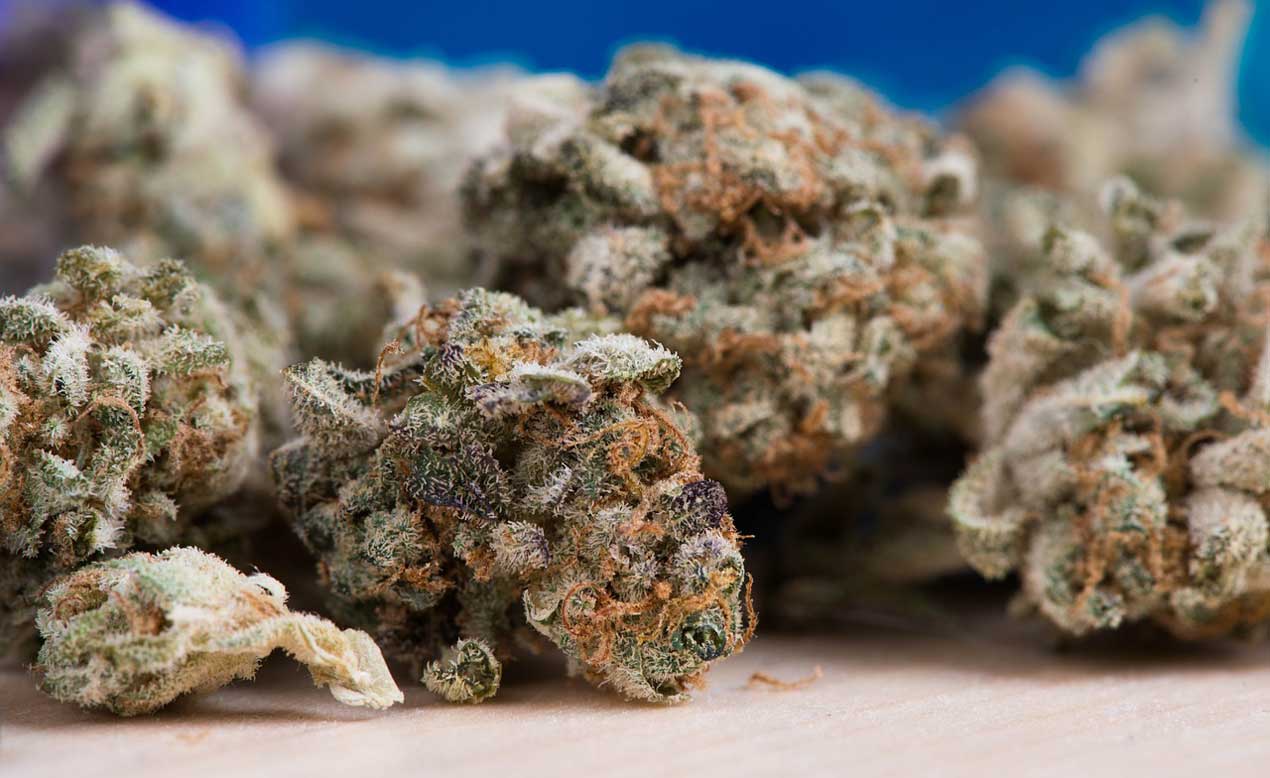No one wants to buy bad weed. It’s embarrassing. The best way to avoid it is to learn to be a better judge of cannabis. Learning how to tell good weed quality from bad is a skill anyone can acquire.
High quality weed displays certain signs. Knowing these signs can help you find better buds.
Appearance
Your eyes are essential when judging potential smokables.
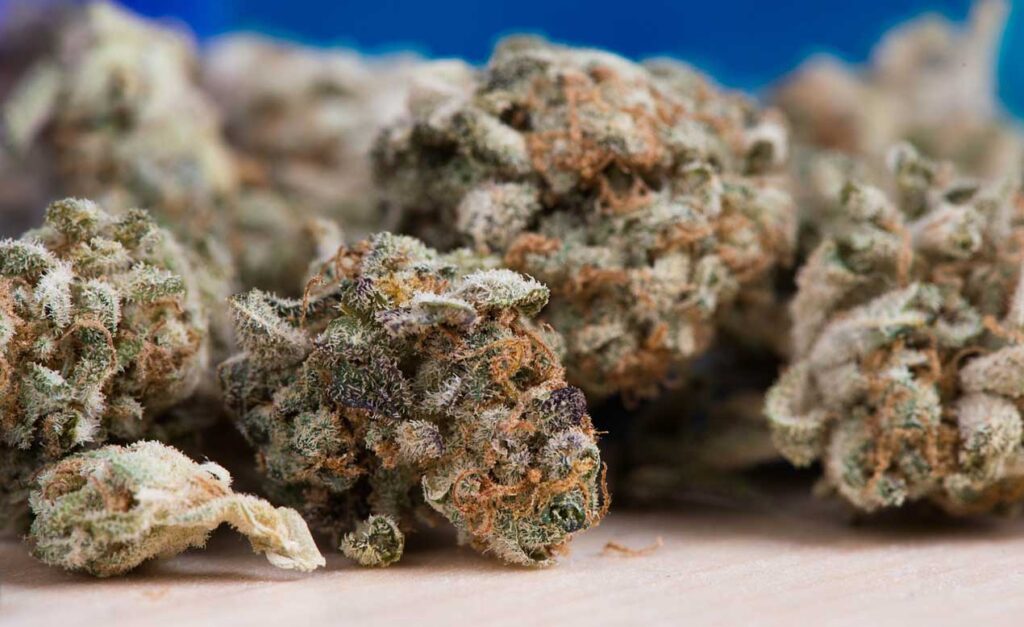
Color
Color can indicate when the flower was harvested. Good weed for smoking is usually dark-to-light green in color. High quality weed may display other colors too. Special strains can be pink, orange, purple, and other hues. Knowing what can cause different colors can tell you a lot about the weed.
Cannabis grows like many other flowering plants. When cannabis is cultivated, the flowering stage of its life cycle is often the last stage it reaches before harvest.
Some strains of cannabis may reach peak terpene content in the first few days of the flowering stage. If a grower wants to optimize such a compound in their final product they might harvest then.
A grower may package early-harvest weed for smoking. It can be used in blends, for example, and some people prefer milder weed. Since it’s not very potent it may not be considered high quality weed by some, even if it does smell and taste great. This kind of weed can be bright green, but that shade can dull in storage. Exact color depends on the strain.
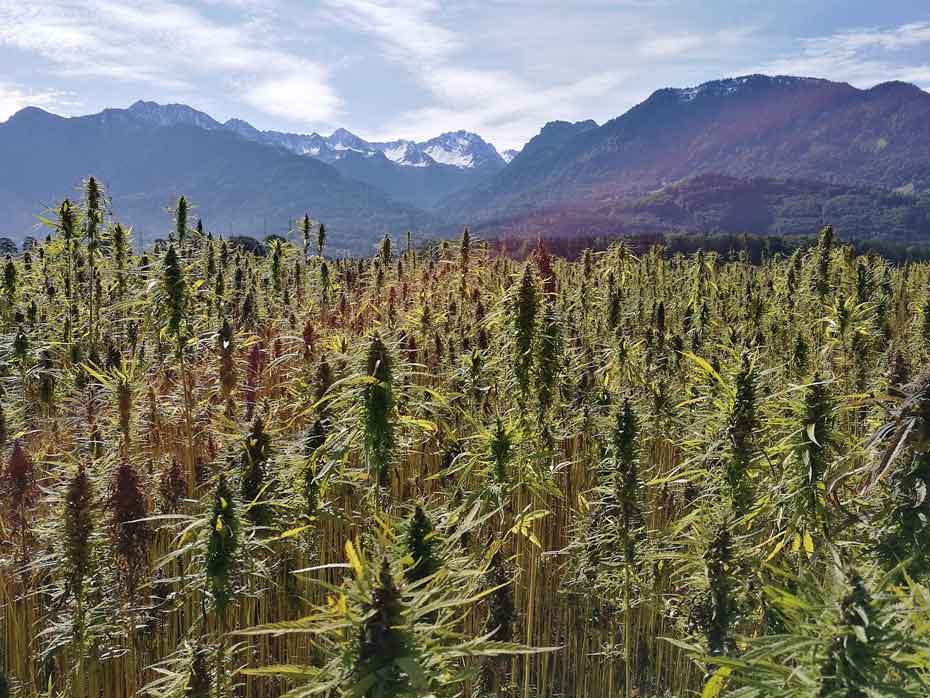
Brown weed may indicate cannabis harvested late in the flowering cycle. Those who know how to tell weed quality know this stage can result in high-CBD weed. THC is partially decomposed in this kind of cannabis, and delicate terpenes and essential oils have dried. Much of this weed’s former vitality has vanished.
Brown weed can result from bad or prolonged storage too.
Other colors to be wary of include black, bleached white, yellow, and rust. These colors may indicate mold, pesticide, herbicide, or some other form of contamination.
To summarize, the color of high quality weed mostly ranges from light to dark green. But there are plenty of exceptions, like Purple Haze, for example, or yellowy Lemon Kush. These potent strains may not show much green at all! So make sure to look for other traits common to top-shelf bud, in addition to color, when judging weed.
Trichomes
Trichomes are microscopic hair-like growths topped with a mushroom-like cap. These tiny structures perform a vital function. As resinous glands, they contain terpenes and cannabinoids that help protect the plant. Their condition can help determine if you’re looking at high quality weed.
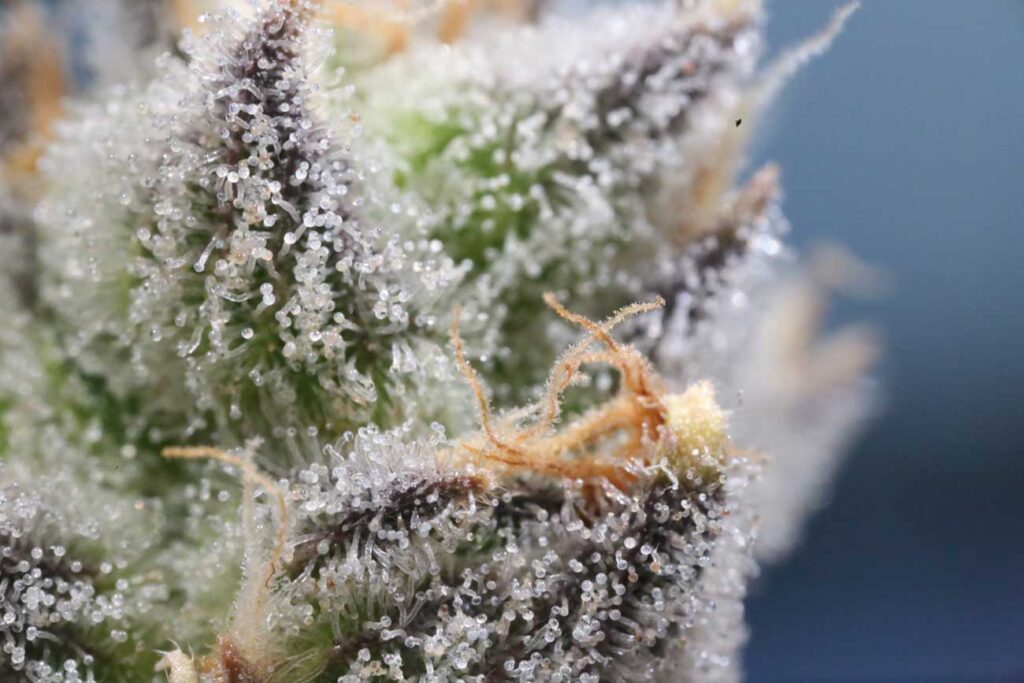
Trichomes change color as the flower matures. They are clear when the flower is young, and turn milky-white as it matures. They can turn brown when weed is left in the field too long or is harvested late.
Milky-white trichomes usually indicate the perfect time to harvest the flower for maximum THC content. The flower of some strong cannabis strains may be coated with trichomes and appear dusted with white powder formed by their resinous bodies. This can indicate high quality weed. Handle this flower as little as possible to avoid knocking off the ‘frosting.’
Pistils
It’s important to understand these organs if you want to learn how to tell premium quality weed from lesser smoke.
Pistils are a plant’s female reproductive organ. In mature cannabis flower, pistils may appear as brown hairs curled around and stuck to the outer surface. You can see them with your naked eye.
Like trichomes, pistils change color as they age. When a typical cannabis strain is harvested at the optimum point in the flowering cycle, about half the pistils will be brown.
Some cannabis strains display different colored pistils. It’s difficult to predict the perfect balance of dried pistils in unknown strains. It’s probably safe to assume a lack of pistils indicates immature flower.
So if you’re looking for a sign of high quality weed, mind the pistils.
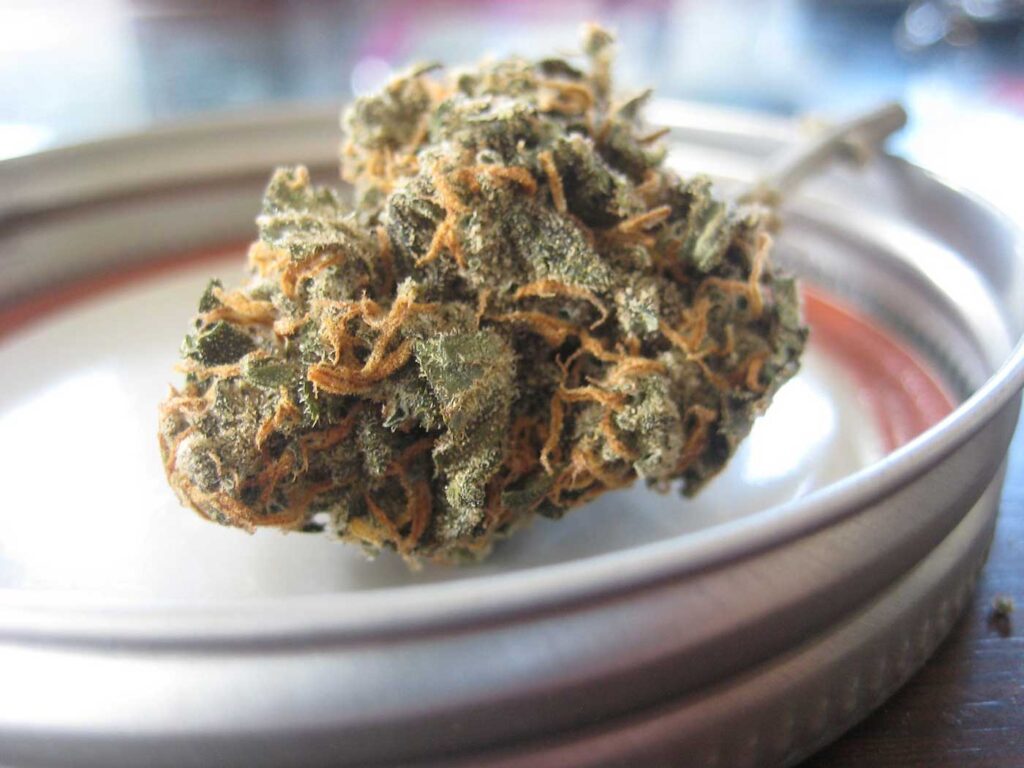
Aroma
Scent is very important, too. It can tell you a lot about storage conditions and age.

Natural scents vary and can be influenced by plants growing nearby.
- Fruity scents can be found in appropriately named strains like Fruity Pebbles, Strawberry Haze, and others.
- Piney scents can indicate a dominant sativa strain. Think Northern Lights or OG Kush.
- Skunky odors come from buds rich in the terpene myrcene. This compound is abundant in strains like Skunk and its namesakes.
- Earthy scents and spicey tones permeate many strains and hybrids.
Whatever scent you prefer, the overall aroma that assaults your nose when you get close to a powerful bud should be pungent and bold. That’s a sign of high quality weed. A timid, faded scent may indicate the buds have been stored too long, or exposed to poor storage conditions.
A hay-like or musty odor is bad, too. That can happen when weed gets moldy. It’s best to avoid that weed.
Related Article: Indica’s Effects and Best Practices for Use
Touch
Feel the weed. Squeeze a bud between your fingers.
Good flower has a slight stickiness to it due to essential oils and resins. ‘The stickier the better’ is a good rule of thumb. Learning how to tell weed quality using this trait takes practice. Stickiness can be simulated to hide poor weed, so beware.
High quality weed will feel very light, compact and slightly spongy. The harsh tasting stem tissue holding the bud together should be minimal. The flower should not feel hollow, and it should not crumble easily. Over-dried weed crumbles at the slightest touch and may be missing much of its original strength.
Related Article: How to Roll the Perfect Joint Every Time
Nothing Beats Experience
Judging weed is a skill best developed over time. With so many hybrids and variants, it can be hard to say for sure what is great weed until you smoke it. These tips are accurate, however, for most strains.
Start your weed judging experience today! Now that you know what to look for, your next trip to the dispensary should be more interesting than ever. With a little experience you can be a good judge of cannabis, and get high quality weed every time.


